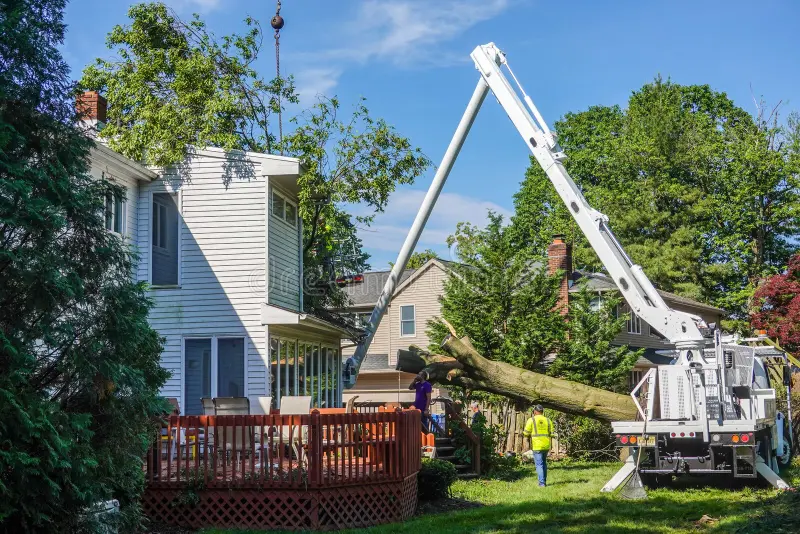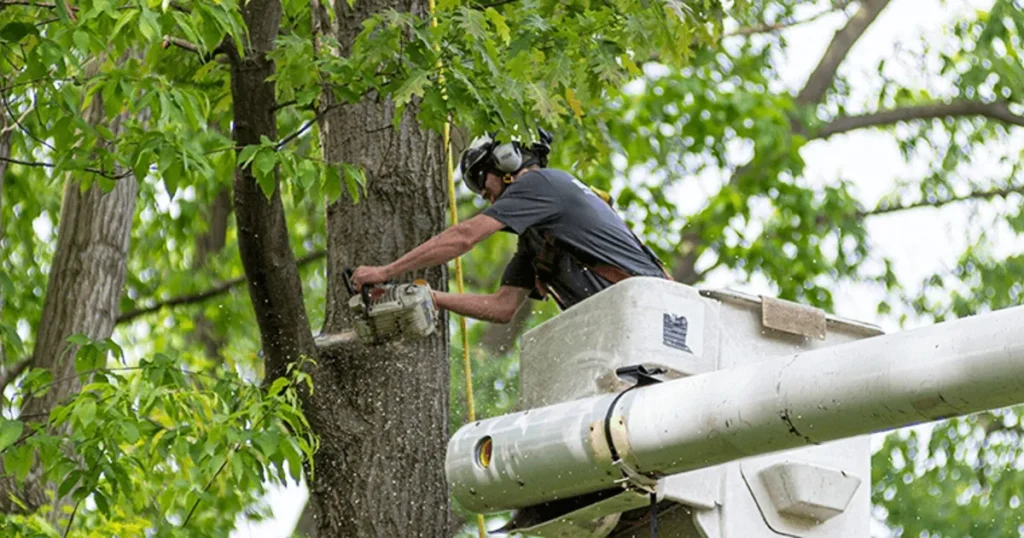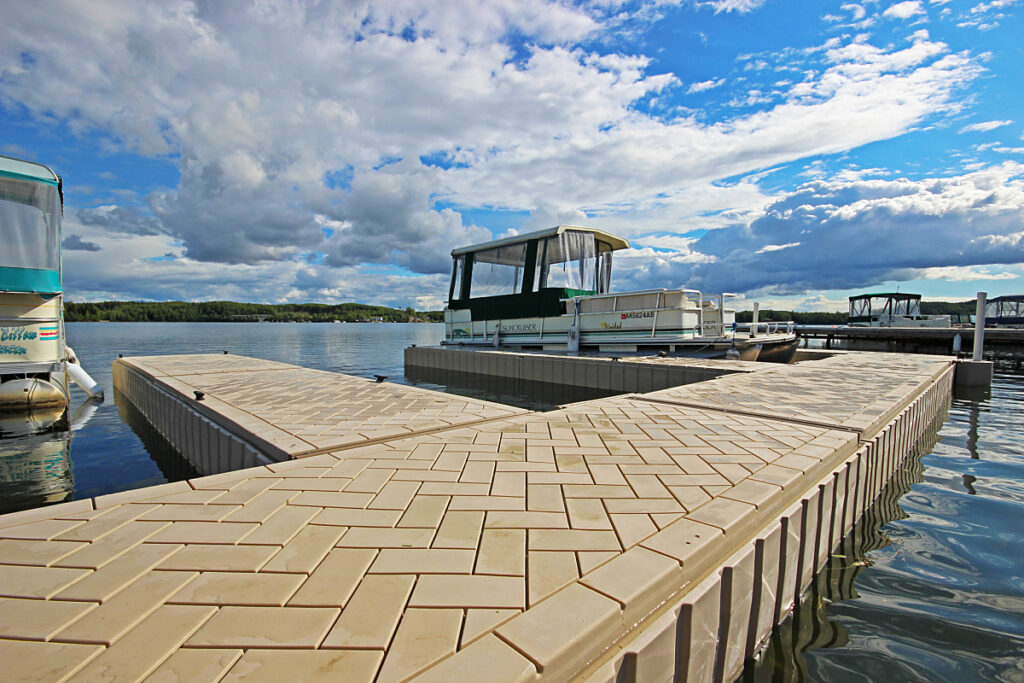Spending time outdoors with a baby can be refreshing for both the parent and the child. However, one of the most common concerns during such trips is whether the baby will be able to sleep or rest properly. A good baby stroller can make a big difference. With thoughtful design and essential features, baby strollers create a cozy, secure space that promotes sleep and helps keep infants relaxed during outdoor journeys. Whether you are going to a park, strolling through the neighborhood, or traveling, the right stroller can support your baby’s nap schedule and overall comfort.
Baby Strollers Help with Infant Sleep Outdoors
Baby strollers are more than just a means of transport. They play an important role in helping babies relax and fall asleep during outdoor activities. Their design is built to provide a soothing, enclosed environment that feels familiar and comforting to infants. Here is how baby strollers help with sleep and relaxation:
- Comfortable Padding: Most strollers come with soft padding and reclining options that allow the baby to lie down comfortably, making it easier to nap while moving.
- Smooth Suspension System: Modern strollers often include suspension systems that absorb bumps, giving a smooth ride that does not disturb sleep.
- Adjustable Canopy: The canopy protects babies from direct sunlight, wind, and light rain, creating a shaded, calming space ideal for rest.
- Noise Reduction: The enclosed design blocks some outside noise, helping the baby stay undisturbed in busy outdoor settings.
- Consistent Motion: Gentle movement of the stroller mimics rocking, which naturally helps soothe babies to sleep.
Additional Relaxation Benefits
Beyond helping with sleep, Riverbaby baby strollers also help infants feel safe and at ease during trips outside the home. They offer structure and security, which is important for emotional comfort.

- Secure Harness System: A five-point harness ensures the baby stays safely in place without discomfort.
- Breathable Fabrics: Many strollers feature fabrics that allow airflow, keeping babies cool and relaxed even in warmer conditions.
- Parent Accessibility: Peek-a-boo windows and adjustable handles allow parents to check on their child frequently without disturbing them.
Tips to Maximize Sleep Quality in Strollers
Parents can enhance the sleeping experience for their infants during outings by making a few simple choices:
- Recline the seat fully when it is nap time
- Use a stroller with a sunshade or attach a UV-protective cover
- Choose quieter paths like parks or shaded walking trails
- Bring a lightweight blanket to keep the baby cozy in cooler weather
- Avoid sudden stops and rough terrain that may wake the baby
A reliable baby stroller makes outdoor trips smoother and more enjoyable for both parents and babies. By offering comfort, safety, and gentle motion, strollers support infant sleep and relaxation on the go. They allow parents to maintain their baby’s rest schedule while enjoying the outdoors. For families who love fresh air and time outside, investing in the right stroller is a practical way to keep infants happy, calm, and well-rested.





